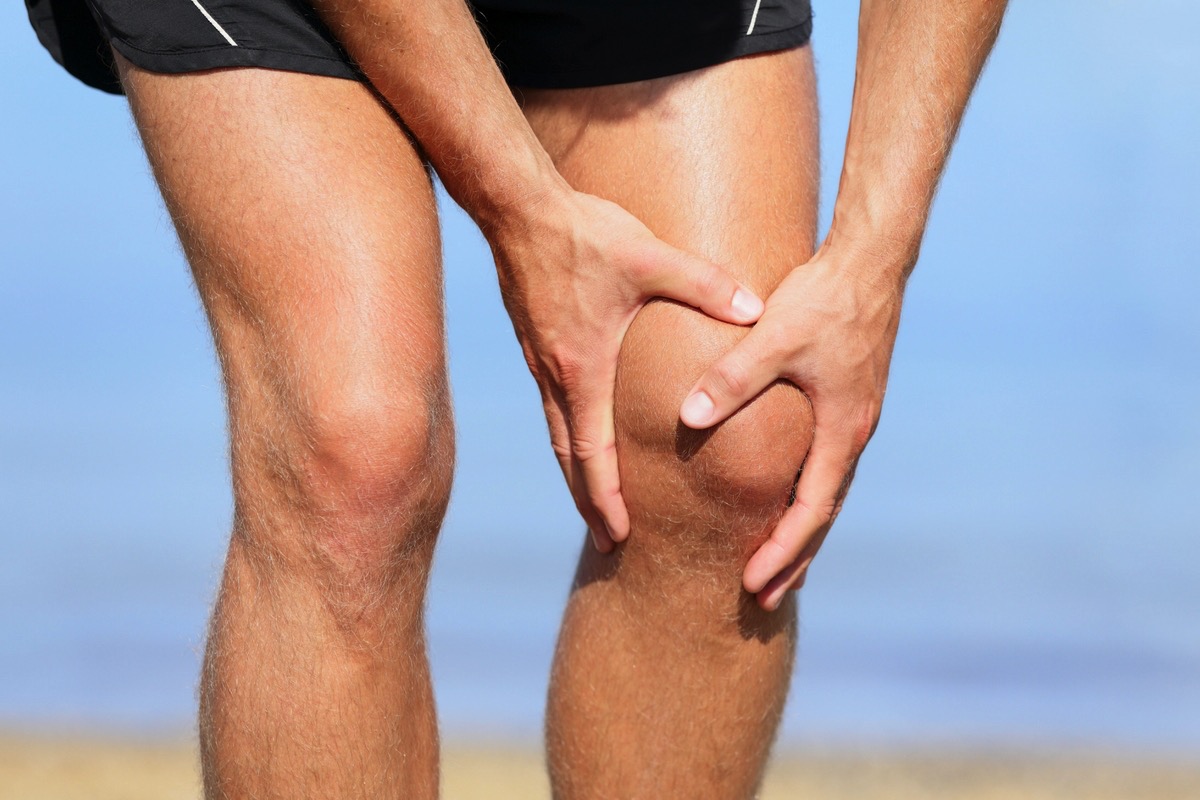There is a reason why knee pain is a lot of times referred to as ‘Runner’s Knee.’ As a runner, you may often feel some discomfort or even pain in your knees. For some people, it becomes a more serious problem and that’s one of the reasons why running is often labeled as a high-injury sport. Hence, you will see a sports doctor and even an auto injury doctor paying extra attention to your knees along with other body parts.
However, more often than not, knee pain is not caused by running, the problem is more about the way people run which leads to pain and even causes injury. It means, if you can learn how to run keeping in mind the proper running form, there should be a minimal impact or undue stress to your knees. If you are mindful, it is a surprisingly simple fix and you can even possibly avoid it, contrary to what some people may believe.
Whether you are training for your first marathon or to lose weight, you can take on the awesome habit of running to get in shape and maintain good health without worrying about knee pain. Let’s look at some ways you can improve your running technique, prevent knee pain, and ensure that you continue to run for many more years without having to give up on this therapeutic practice because of knee issues.
Wear the right shoes
The foot is one of the complex body parts. It is made of 19 muscles, 107 ligaments, 26 bones, and 33 joints and they take all the brunt of the foot when you are running.
As running is a high impact sport and it puts a lot of stress on the knees, it very important to wear the right trainers. They not only help you run faster and stay on your feet longer, but they also help reduce the risk of pain and injury.
The shoes that are designed particularly for runners help diffuse the load shooting up the rest of the leg. By training in the wrong shoes, you might be risking developing knee pain and other issues that can possibly be avoided.
Even though the right runners’ shoes are not the ultimate solution for different types of knee issues, but they can be helpful in overall prevention and treatment. At best they can improve your performance and prevent injury and pain up to a certain extent but this is good enough reason to take it seriously.
Avoid heel striking
When you are running always remember to never step past your knees and make sure to practice letting your legs swing rearward instead of forward. You don’t want to over-stride and let your feet get ahead of you.
If you let your feet land in front of your knees, you end up putting the brakes with every foot strike. This sends a major impact on your knees and they are not designed to be the shock absorbers. With some time, all this force to your knees can result in either soreness in your muscles or joint pain. In case this happens to you, make sure you listen to your body and change the mechanics of your stride or you might end up on the bench. You want to lean your ankles and let the stride open up behind you and be mindful about letting your feet land beneath of and not in front of you.
Don’t lift your knees when you run
Some runners’ magazines might tell your otherwise and advise you to lift your knees to reach forward to achieve a longer stride. This advice may work for sprinters. It is not for a runner who is aiming any distance longer than a mile.
When you are lifting your knees, it makes your feet hit the ground from the front of your body. It means you are putting on the brakes along with every stride. Instead, you want to keep your knees swinging low and at the back end of each stride, you need to bend your knees. This will help let your heels float up from behind you. Make sure you always remember to keep your knees down and heels up.
Keep your knees soft and bent
A lot of runners over-stride and later they straighten their knees when they land. This movement creates a great amount of impact on the heel and the knee. Instead, what you need to do is always remind yourself to never straighten your legs when you run and this will help you keep your knees bent.
Keep your feet aiming in the direction you are running
When your feet splay, they can cause knee pain as you are torquing your knee with every foot strike you make. However, you must always run with your feet pointing in the direction you are running. You can do this by rotating your leg inward towards the centerline until your feet are parallel as well as a point forward. This is a great, permanent solution as it keeps strengthening your adductors to realign your legs.
The misalignment of your legs is sometimes mistaken for a knee problem. However, the foot splay can develop inflammation in the iliotibial band, which is attached to the tibia right below your knee. Besides, you can also consult a whiplash doctor or chiropractor for the inflammation.
Altering the biomechanics of your body takes time and some persistence, but it is worth it because it can help prevent knee pain. By increasing the medial rotation of your legs over the period of few weeks will give your legs the time it needs to adjust to the new direction of movement.
Practice strength training
Strength training is really good for you. A good, extensive strength training routine can do wonders for you in avoiding knee pain and many other overuse injuries.
When the muscles in your lower body are weak, then it’s your joints, primarily knees, that take the shock from the impact of each pounding strike.
Hence, a great way to avoid knee pain is to spend some time doing the strength training exercises that particularly target your lower back. Make sure to include exercises targeting your knees stabilizing muscles in your routine with the help of your trainer. This includes working on your hips, glutes, quadriceps, hamstrings, and calves.
Eat right
When people tell you, you are what you eat, they are right. When dealing with knee pain, don’t underestimate the power of your diet on how your body reacts when you push too hard. What you eat, when you eat, and how much you eat, have a bigger impact on how you feel than some of you may think.
As a runner, you need the right nutrients and fuel required by your body, that can protect your cells from any damage, and help you maintain healthy joints and muscles. For starters, you need to make sure your meals give you balanced nutritional value including calcium, carbs, fats, protein, and more. If you are a pro runner or if your train very hard, it is important to consult a nutritionist or dietitian who can guide you with the best meal plans considering your size, gender, what you are training for, and the intensity of your workouts.
Don’t depend on cushioned shoes to fix your knees
It is always better to fix any problems with your running form, from the inside out. Hence, the better option is to practice and adopt a proper running form instead of depending on cushioned running shoes, which may even exacerbate knee problems.
Overall, it is a good idea to go for one of the low-profile neutral shoes, that offer you basic support in running and try taking shorter stride for lesser impact. Make sure to give your body the time it needs to adjust towards a softer landing.
Take good care of your knees!
As a runner, your knees should be a high priority, particularly if you want to continue enjoying running for a long time. Unlike medical problems like disc herniation and many others, you can practice a few changes to prevent knee pain and injury. Reducing torque and impact can help you go a long way in improving your running form. Make sure to consider and follow these tips to protect your knees as much as possible and they will thank you later.






























